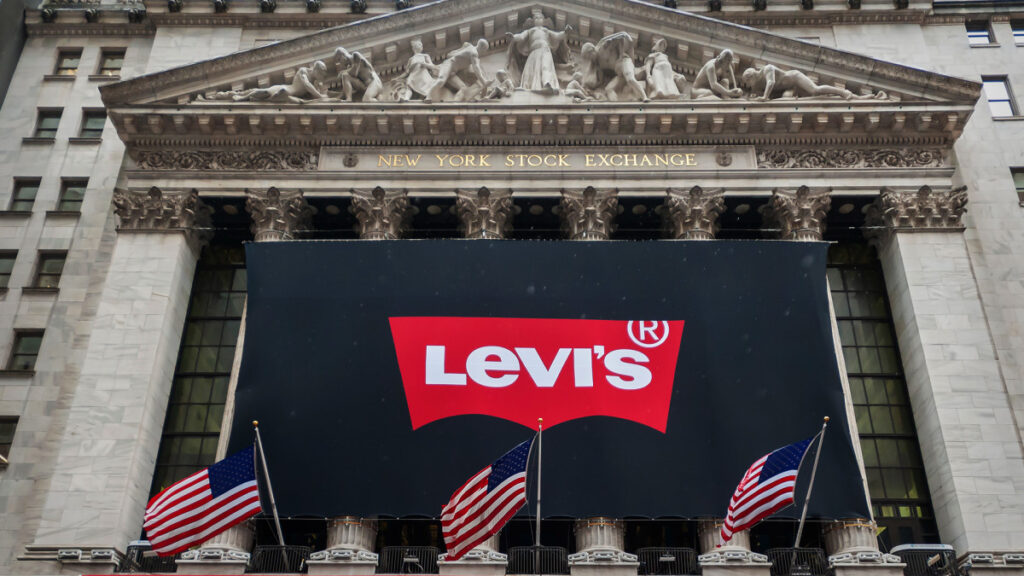
UPDATE: Levi Strauss & Co. has just announced a critical strategy to navigate looming tariff increases ahead of the 2025 holiday shopping season. With President Donald Trump’s potential tariff hike on major trade partners set to take effect on August 1, the company is taking immediate action to mitigate impact.
Retailers are bracing for the effects of these tariffs, which could elevate average rates to 20.6%, the highest since 1910. This situation demands swift adaptation from brands, and Levi’s is responding accordingly.
In a recent earnings call on July 10, 2025, Levi’s CFO Harmit Singh detailed a plan to streamline operations by eliminating low-volume stock-keeping units (SKUs). This strategy aims to bolster productivity while reducing excess inventory, thereby minimizing the need for markdowns during the busy holiday period.
CEO Michelle Gass highlighted the brand’s shift from traditional denim to a full lifestyle collection, emphasizing growth in direct-to-consumer sales and European markets. The company is also absorbing some tariff-related costs, demonstrating a commitment to its customer base.
Levi’s innovative approach includes a flexible “common assortment” strategy, which enhances product deployment speed and responsiveness to market demands. This agility is crucial as the retailer navigates the unpredictable landscape shaped by tariffs.
Levi’s reported a revenue of $1.45 billion for Q2, reflecting a 6% year-over-year increase and marking the 13th consecutive quarter of direct-to-consumer growth. Strong sales of women’s wide-leg jeans have propelled the brand’s success, allowing it to revise its fiscal-year guidance to anticipate 1–2% revenue growth and earnings per share of $1.25–$1.30.
The looming tariffs raise concerns about shipping costs, with estimates suggesting tens of thousands of dollars could be added to the cost of a single container. To counteract this, Levi’s is diversifying its supply chain, primarily sourcing from Bangladesh, Cambodia, Indonesia, Egypt, Pakistan, and Sri Lanka, while minimizing reliance on China, which accounts for just about 1% of its U.S. imports.
Market response to Levi’s proactive measures has been favorable, with stock prices surging over 7% in after-hours trading following the earnings report. Research analyst Dana Telsey praised the brand’s successful transition to a direct-to-consumer model and its focus on popular styles, indicating a competitive edge in the retail sector.
Levi’s commitment to efficiency amid tariff challenges reflects a broader trend among retailers toward a more focused product line. By optimizing inventory around consumer favorites, such as wide-leg jeans and nostalgic styles, Levi’s is not only addressing tariff impacts but also staying aligned with evolving fashion trends.
As the holiday season approaches, all eyes will be on Levi’s to see how effectively it can implement these strategies and maintain its growth trajectory in an increasingly complex trade environment. The urgency of the situation cannot be overstated—Levi’s actions today will shape its success tomorrow.





